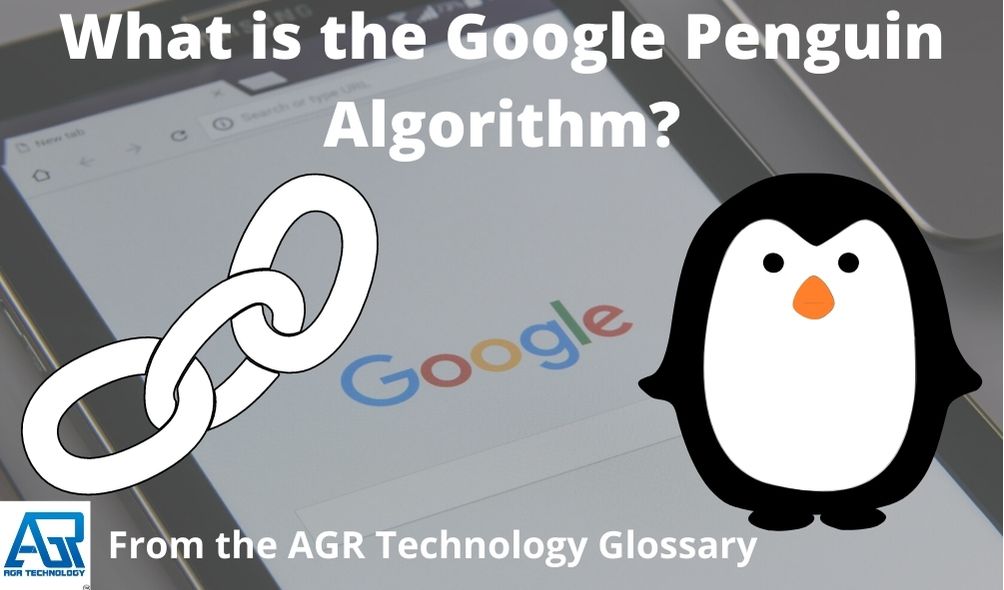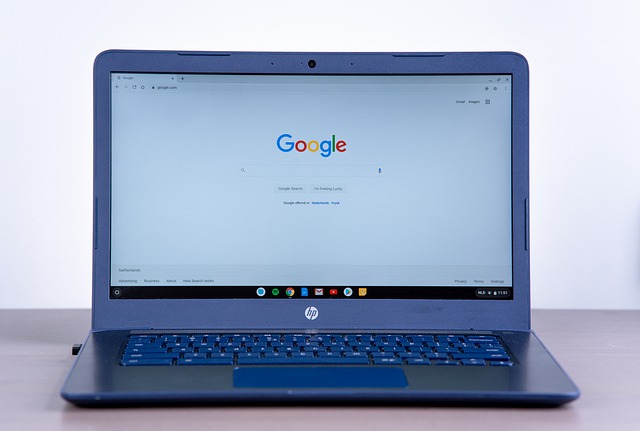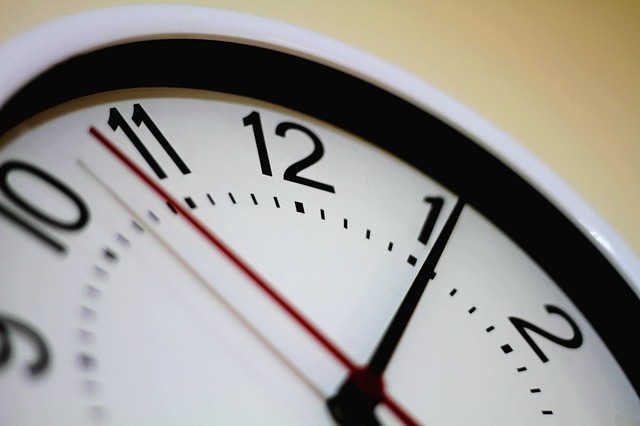Introduction

Google Penguin was a codename for a Google algorithm update that was first announced on April 24, 2012, shortly after the Panda algorithm was released. The update was designed to lower search engine rankings of websites that violate Google’s Webmaster Guidelines by employing now-declared Grey Hat techniques that involve artificially increasing a webpage’s ranking by manipulating the number of links pointing to the page. The term “link schemes” is commonly used to describe such strategies.
According to Google’s John Mueller, as of 2013, Google announced all Penguin filter updates to the public. Unlike Panda which primarily focused on content the Penguin algorithm targeted pages with too many keyword oriented links pointing at them and attempted to drive down rankings for these types of pages.
Penguin works on a ratio of links to determine what a natural pattern looks like for example if a page receives thousands of links with the word “cheap wedding dresses” and nothing else it looks suspicious whereas if it had links with a mixture of some words like whats below it would look more natural.
“cheap dresses”
“cheap dresses ideal for parties”
“great site to buy some dresses”
Despite its intended goal many legitimate websites were caught in the cross fire of the algorithm much like other updates rolled out in search results and lost considerable amounts of traffic.
Effect within the Google search results ecosystem

Penguin affected approximately 3.1 percent of English search queries, approximately 3% of queries in languages such as German, Chinese, and Arabic, and an even higher percentage of them in “highly spammed” languages.
The so-called Page Layout Algorithm Update (also known as the Top Heavy Update) was released in January 2012, and it targeted websites with too many ads or too little content above the fold. On October 4, 2013, Penguin 5 (also known as Penguin 2.1) was released, affecting approximately 1% of queries.
Google Penguin 3 was reported to have been released on October 18, 2014. Google stated in April 2015 that Penguin and Panda “are not currently updating their data on a regular basis,” and that updates must be manually pushed out. Since then however Penguin has transitioned to a “rolling release” meaning it is incrementally updated amongst other algorithm changes rolled out by Google.
Timeline of the update

Throughout it’s 10 documented updates Penguin was rolled out gradually and affected the search algorithms over time. Here is a breakdown of the timeline before it was eventually folded into the core search algorithm.
Penguin 1 on April 24, 2012 (impacting around 3.1% of queries)
Penguin 2 on May 26, 2012 (impacting less than 0.1%)
Penguin 3 on October 5, 2012 (impacting around 0.3% of queries)
Penguin 4 (also known as Penguin 2.0) on May 22, 2013 (impacting 2.3% of queries)
Penguin 5 (also known as Penguin 2.1) on October 4, 2013 (impacting around 1% of queries)
Penguin 6 (also known as Penguin 3.0) on October 17, 2014 (impacting less than 1% English queries). On December 1, 2014 Google confirmed that the update was still rolling out with webmasters continuing to report significant fluctuations.
Penguin 7 (also known as Penguin 4.0) on September 23, 2016
Triggers for the Penguin algorithm

As the Penguin algorithm is primarily link based what triggers it primarily is backlinks that contain keywords within the text such as the phrase best shoes repeated 100 times across 1000 links all pointing to the same web page.
Another aspect that can trigger a Penguin penalty is a lack of quality links, if links are coming in from low quality sources such as an auto approve directory that contains links to many spammy websites it can become a toxic link or is ignored entirely by the algorithm meaning it won’t help rankings at all and may cause ranking drops depending on the volume and severity.
Similar to the above point another area targeted by Penguin is relevance, if a link doesn’t really have any place been on a page then the algorithm may scrutinize it and devalue or flag it as spam. An example of where this may take place is if a fishing website had lots of pages linking to casino websites in articles about fishing techniques which would be considered unnatural behavior.
Recovering from a Penguin penalty

Back Google’s John Mueller stated in January 2015 that a Penguin penalty can be removed by simply building good links. The standard procedure is to manually remove bad links or use Google’s Disavow tool, then file a reconsideration request.
Mueller elaborated on this, stating that the algorithm considers the percentage of good links versus bad links, and that an effective strategy of securing more good links could tip the algorithm in your favor, resulting in a recovery.
Acquiring links from high quality websites from a diverse set of sources is key to avoiding a Penguin penalty and can be done with the help of an SEO agency like AGR Technology which has outreach experience to secure links on quality blogs and websites.
Conclusion
We hope you found this resource page on our glossary to be helpful, if so be sure to share it on social media with anyone you think would find it useful.
Also be sure to check out blog, business services and social profiles for more content.
Related content from our tech glossary:
SERP (Search Engine Result Page)
Source(s) cited:
“Google Penguin” moz.com/learn/seo/google-penguin. Accessed 19 Mar. 2022.
“Google Penguin” Wikipedia, 8 May 2012, en.wikipedia.org/wiki/Google_Penguin. Accessed 19 Mar. 2022.
live.staticflickr.com/2043/2378212160_3c3451f995.jpg. Accessed 27 Mar. 2022.
![logo-new-23[1] logo-new-23[1]](https://cdn-ihdfn.nitrocdn.com/eZVJvoSTyVixkEUySRKiaseNtUlmgCyu/assets/images/optimized/rev-0174fc5/agrtech.com.au/wp-content/uploads/elementor/thumbs/logo-new-231-qad2sqbr9f0wlvza81xod18hkirbk9apc0elfhpco4.png)